
In 2025, America’s renowned hiking trails, including the Pacific Crest Trail (PCT) and the Appalachian Trail (AT), have suffered significant damage due to severe storms and wildfires. Compounding these natural disasters, federal budget cuts have led to substantial layoffs within the U.S. Forest Service and National Park Service, hindering essential maintenance and repair efforts.
The PCT, stretching 2,650 miles from California to Canada, and the AT, spanning 2,193 miles from Georgia to Maine, are vital corridors for wildlife and popular among nature enthusiasts. However, with reduced staffing and funding, many sections of these trails remain impassable, posing risks to both hikers and the ecosystems they traverse.
Organizations like the Pacific Crest Trail Association and the Appalachian Trail Conservancy have seen significant reductions in federal grants, further delaying restoration projects. Despite these challenges, dedicated volunteers continue to support trail maintenance, emphasizing the importance of these natural pathways for recreation and biodiversity.
The Pacific Crest Trail: A Vital Wildlife Corridor

The Pacific Crest Trail (PCT) is a crucial habitat and migration route for various wildlife species across California, Oregon, and Washington. Recent wildfires and storms have devastated large sections of the trail, disrupting these natural corridors. Federal funding cuts have exacerbated the situation, reducing staff and halting repair efforts.
The Pacific Crest Trail Association has had to cancel numerous maintenance projects due to delayed grant funding, leaving damaged areas unaddressed. This neglect affects hikers and threatens the biodiversity that relies on the continuity of the trail’s ecosystems.
Appalachian Trail: Storm Damage and Funding Challenges
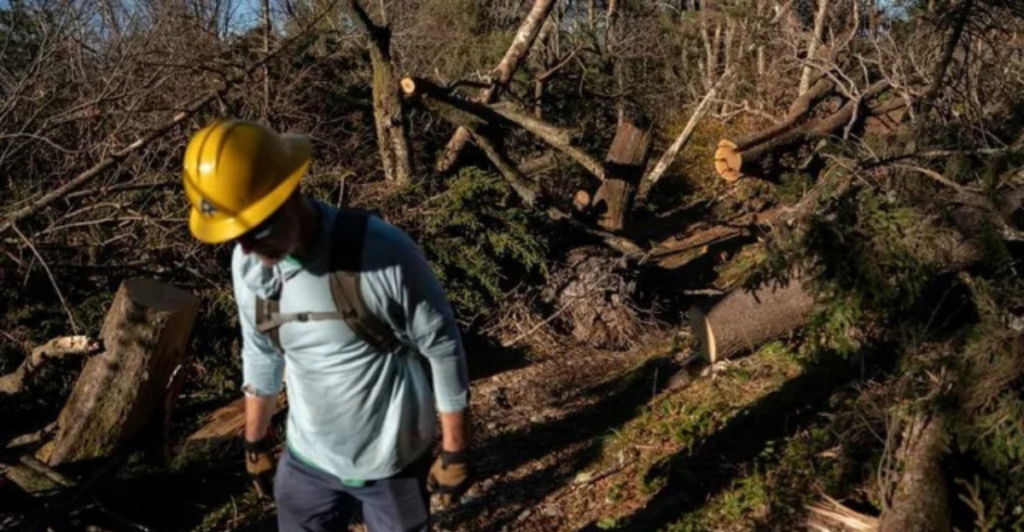
The Appalachian Trail (AT), renowned for its scenic beauty and ecological significance, has faced extensive damage from Hurricane Helene, affecting nearly 500 miles of its path. Federal budget freezes, and mass layoffs have disrupted repair efforts, leaving many sections unsafe and inaccessible.
The Appalachian Trail Conservancy warns that these cuts threaten the balance between federal agencies, state partners, and volunteers, potentially compromising the trail’s integrity and the wildlife habitats it supports.
Impact on Trail Maintenance and Safety
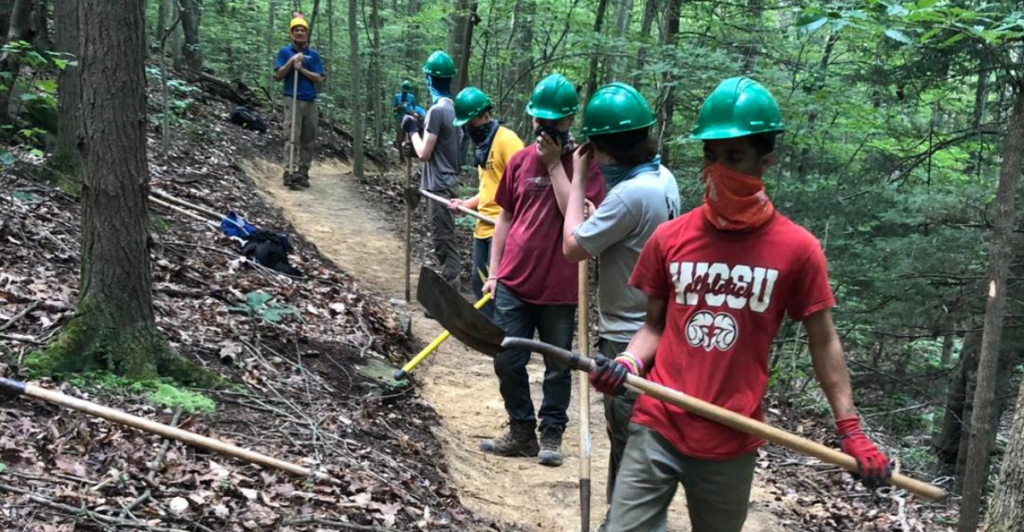
Budget reductions have led to significant layoffs within the National Park Service and the U.S. Forest Service, resulting in decreased maintenance and increased safety risks on national trails. With fewer staff, essential services like waste removal, trail repairs, and emergency response are compromised.
This situation poses dangers to hikers and can lead to environmental degradation, as unmaintained trails may suffer from erosion and invasive species proliferation.
Economic Consequences for Local Communities

Trails like the PCT and AT are ecological treasures and economic drivers for surrounding communities. They attract millions of visitors annually, supporting local businesses and tourism.
However, trail closures and reduced services due to federal cuts have decreased visitor numbers, impacting local economies. Businesses reliant on trail tourism face financial challenges, and job opportunities in these areas are diminishing.
Volunteer Efforts Amidst Funding Shortfalls
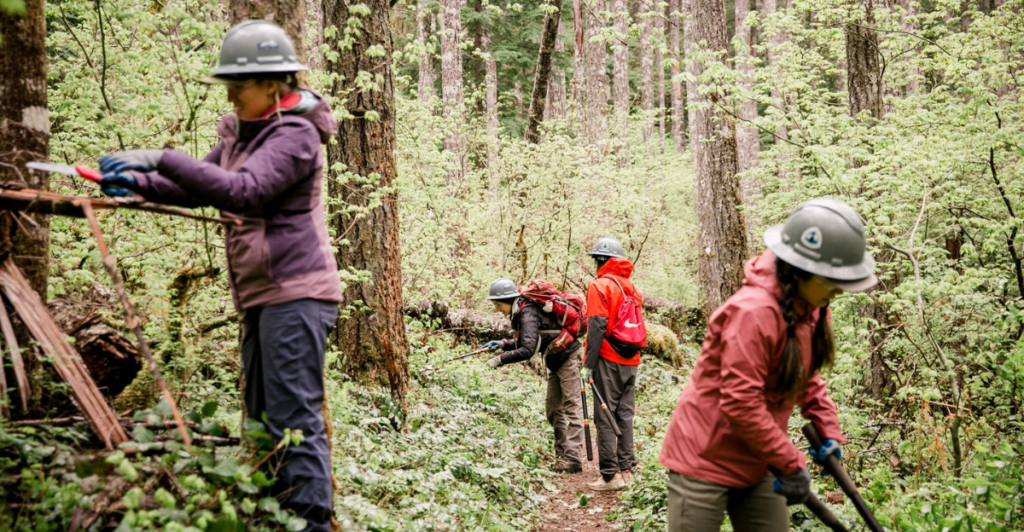
In response to federal funding cuts, volunteer groups have intensified their efforts to maintain and restore damaged trails. Organizations like the Pacific Crest Trail Association and the Appalachian Trail Conservancy rely heavily on volunteers for trail upkeep.
However, the scale of damage and the complexity of repairs often exceed volunteer capacities, highlighting the need for adequate federal support to ensure the sustainability of these trails.
Broader Implications for Conservation
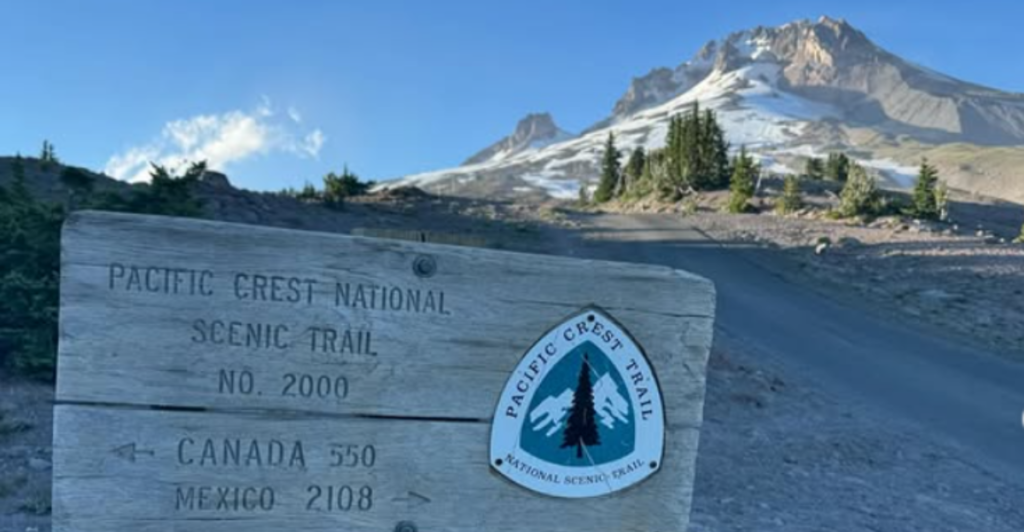
The degradation of iconic trails due to funding cuts reflects broader challenges in conservation efforts across the United States. Protected areas face increased threats from climate change, invasive species, and human activity.
Without sufficient funding and staffing, the ability to manage and protect these natural resources is compromised, potentially leading to long-term ecological consequences.
Legislative Actions and Policy Changes

Recent legislative decisions have resulted in significant budget reductions for the National Park Service and related agencies. For instance, a House appropriations bill proposed a $210 million cut to the Park Service’s budget, affecting maintenance, staffing, and preservation efforts.
These policy changes underscore the need for advocacy and informed public discourse to prioritize environmental conservation in federal budgeting.
The Role of Public Engagement
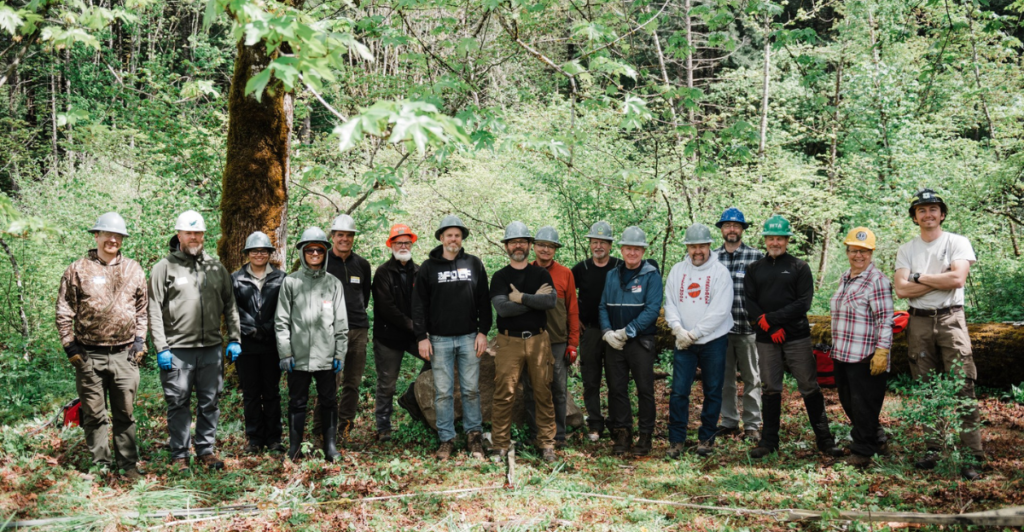
Public awareness and engagement are crucial in addressing the challenges faced by national trails and parks. Community involvement through volunteering, advocacy, and responsible recreation can support conservation efforts.
Additionally, public pressure can influence policy decisions, emphasizing the importance of these natural spaces for ecological health and cultural heritage.
Looking Ahead: Strategies for Sustainability

Ensuring the longevity and health of iconic trails requires a multifaceted approach, including securing stable funding, fostering public-private partnerships, and enhancing community involvement.
Investing in trail infrastructure, supporting conservation programs, and promoting environmental education can help mitigate the impacts of natural disasters and funding challenges. Collaborative efforts are essential to preserve these trails for future generations.
Explore more of our trending stories and hit Follow to keep them coming to your feed!

Don’t miss out on more stories like this! Hit the Follow button at the top of this article to stay updated with the latest news. Share your thoughts in the comments—we’d love to hear from you!







